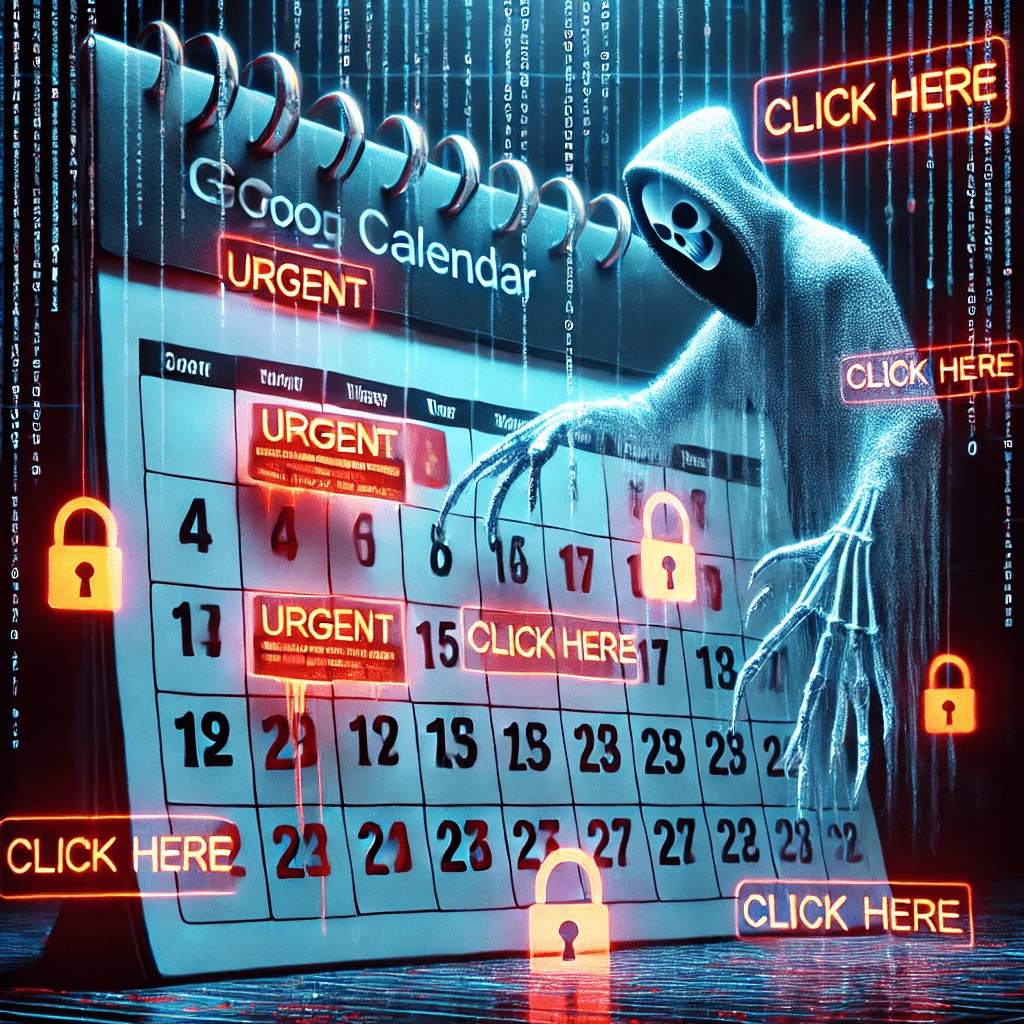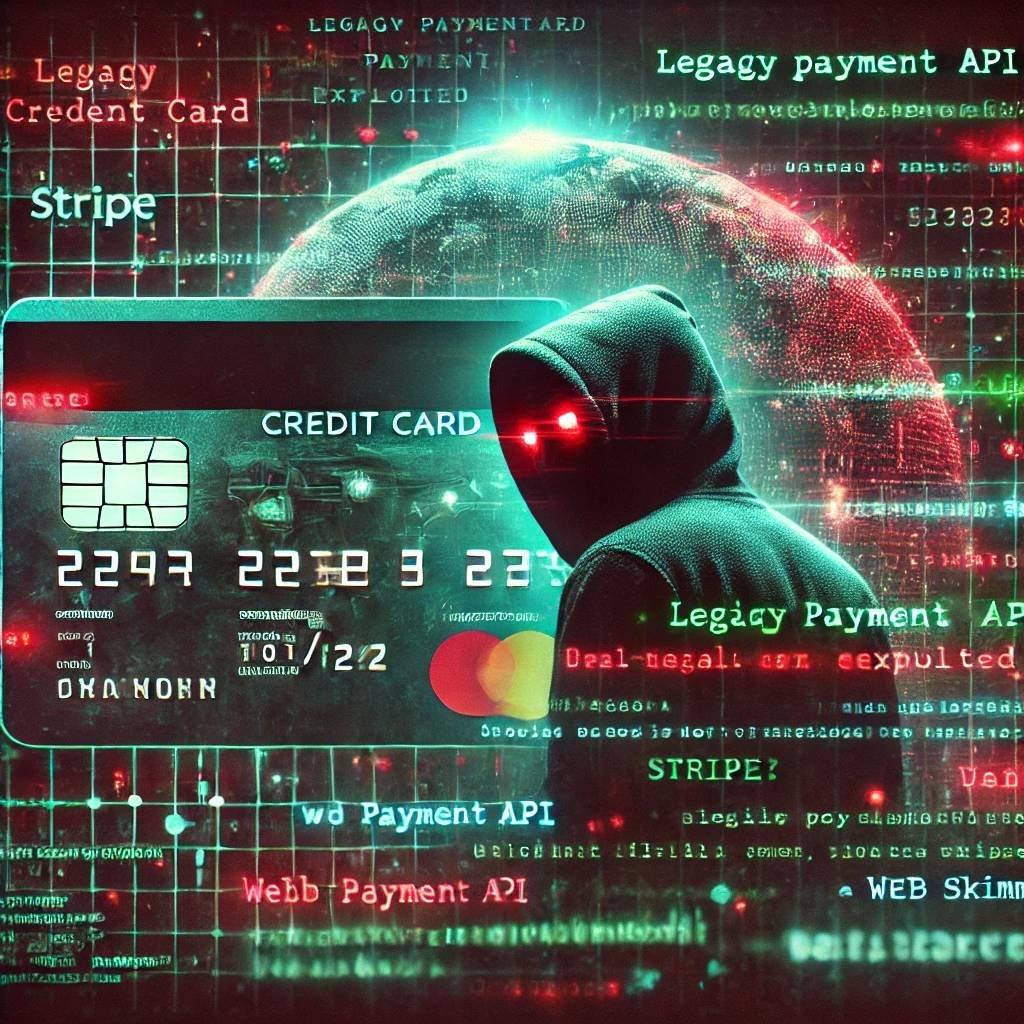Beware: Phishers Spoof Google Calendar Invites in Global Campaign
Join our weekly newsletters for the latest updates and exclusive content on industry-leading AI, InfoSec, Technology, Psychology, and Literature coverage. Learn More
Understanding the Phishing Campaign

The recent phishing campaign that exploits Google Calendar invites has drawn significant attention due to its sophisticated methods and extensive reach. Attackers leverage the high number of Google Calendar users—over 500 million globally—to target a vast audience, making their malicious tactics particularly effective. The campaign typically involves modified ‘sender’ headings designed to imitate legitimate organizations or individuals, creating the illusion of authenticity that users are likely to trust.
Initially, these phishers employed malware-laden calendar invites, which often contained attachments or links leading to harmful software. However, as tactics evolved, the focus shifted to using links to Google Forms and Google Drawings, thereby circumventing traditional email filters that might flag suspicious attachments. By incorporating these tools, attackers exploit the credibility associated with Google’s services, further enhancing the chances of successful phishing attempts.
Researchers at Check Point Software have noted that this transition not only showcases the creativity of cybercriminals but also highlights the vulnerabilities inherent in widely used digital tools like Google Calendar. The integration of forms and drawings into phishing schemes presents a significant attack vector, prompting users to inadvertently divulge sensitive information under the guise of legitimate solicitation. As users interact with these invites, they may be lulled into a false sense of security, neglecting to scrutinize the sender’s authenticity.
The adaptation of phishing tactics in this campaign evidently reflects an increasing sophistication in cyber threats. This ongoing evolution underscores the importance of vigilance among Google Calendar users. It is essential for individuals and organizations to stay informed about these phishing practices, recognizing that even trusted platforms can be utilized maliciously. Awareness can significantly mitigate the risk of falling prey to such attacks, which continue to pose a serious threat in the digital landscape.
Mechanism of the Attack
The phishing attack targeting Google Calendar invites operates through a carefully constructed mechanism designed to deceive recipients into divulging sensitive information. Initially, victims receive an email that mimics legitimate calendar invitations. These messages contain familiar language and elements that typically accompany genuine Google Calendar notifications, thereby making them appear authentic at first glance. This familiarity is crucial, as it lowers recipients’ defenses and increases the likelihood of interaction with the content.
At the core of this attack are malicious .ics files, which are calendar files that can be attached to emails. These files, when opened, can lead users directly to fraudulent sites crafted to look like trusted platforms. Upon accepting an invitation or clicking on a link within the email, users may be redirected to pages that request personal information such as usernames, passwords, or credit card numbers. The seamless transition from a seemingly innocent invitation to a phishing page is engineered to confuse and mislead the recipient.
Moreover, attackers have increasingly refined their methodologies to circumvent traditional email security protocols. New techniques include the disguise of URLs within links, which may appear legitimate but lead to harmful sites. This obfuscation is a critical aspect that allows phishers to exploit users’ trust in familiar service providers like Google. By embedding these deceptive links within what looks like a standard invitation, they increase their chances of capturing sensitive data.
In essence, the mechanics of this phishing attack demonstrate a sophisticated approach designed to manipulate user behavior through psychological tactics and technical deceit, making awareness and caution essential in the digital landscape.
Real-World Impact and Financial Risks
The phishing campaign that targets Google Calendar invites has far-reaching implications that go beyond mere inconvenience. Victims of this scheme often find themselves susceptible to various financial risks, primarily because attackers are exploiting stolen personal information for illicit purposes. Once a victim unknowingly interacts with a phishing email, it can lead to significant data breaches that compromise sensitive financial details, especially credit card information. This engenders a risk of credit card fraud, resulting in unauthorized transactions that can severely impact an individual’s financial stability.
The scale of this phishing endeavor is alarming. Reports indicate that millions of phishing emails are dispatched as part of this campaign, with a wide array of reputable brands being misrepresented. This tactic not only aims to gain an individual’s trust but also to exploit the familiarity associated with well-known companies. Some estimates suggest that the volume of scam emails referencing credible brands has soared, with the potential of infecting countless recipients who are unaware of these deceptive practices. According to cybersecurity statistics, nearly 50% of individuals fall victim to at least one phishing attack in their lifetime, highlighting the urgency for vigilance and education in recognizing phishing attempts.
The financial consequences of such attacks are not merely hypothetical. Individuals and businesses alike have reported losses amounting to billions of dollars annually, primarily due to fraud and identity theft stemming from phishing campaigns. Moreover, the long-term effects can include damage to credit scores and prolonged recovery periods to rectify unauthorized charges. With each successful attack, the confidence in online security diminishes, prompting additional scrutiny over online transactions and leading to greater financial caution. Thus, it is imperative to stay informed and adopt protective measures to mitigate the risks associated with these types of phishing threats.
Preventive Measures Against Phishing
As cybercriminals discover increasingly sophisticated methods to target individuals and organizations, adopting effective preventive measures against phishing scams becomes critical. One particularly effective strategy is enabling the ‘known senders’ setting in Google Calendar. This function helps user accounts filter out calendar invites from unfamiliar email addresses, reducing the likelihood of falling victim to phishing attempts disguised as legitimate communications.
Furthermore, utilizing advanced email security solutions can bolster protection against various phishing attempts. These solutions often feature machine learning algorithms that identify and block malicious emails before they reach the user’s inbox. Implementing email filtering systems that flag suspicious content or sender domains will help organizations create an environment resistant to phishing threats.
Moreover, the implementation of multifactor authentication (MFA) is fundamental in the fight against unauthorized access. By requiring users to verify their identity through multiple channels, such as a mobile app or SMS code, organizations can effectively minimize the risk of compromised accounts. Utilizing MFA serves as an additional barrier, making it significantly more challenging for cybercriminals to infiltrate systems, even if login credentials are leaked or stolen during a phishing attack.
Employee training is equally essential in mitigating phishing threats. Regular workshops or training sessions can equip staff with the knowledge needed to recognize phishing attempts and report suspicious activity. Practicing caution with email attachments, links, and unfamiliar senders should become a staple in the workplace culture, as well-informed employees are less likely to fall prey to these schemes.
By embracing these actionable strategies—enabling known sender settings, leveraging advanced email security, enforcing multifactor authentication, and providing essential employee training—individuals and organizations can effectively reinforce their defenses against phishing attacks. This proactive approach will not only safeguard sensitive information but will also cultivate a secure digital environment. In conclusion, prioritizing vigilance and education is paramount in the ongoing battle against phishing threats targeting platforms like Google Calendar.
Discover more at InnoVirtuoso.com
I would love some feedback on my writing so if you have any, please don’t hesitate to leave a comment around here or in any platforms that is convenient for you.
For more on tech and other topics, explore InnoVirtuoso.com anytime. Subscribe to my newsletter and join our growing community—we’ll create something magical together. I promise, it’ll never be boring! 🙂
Stay updated with the latest news—subscribe to our newsletter today!
Thank you all—wishing you an amazing day ahead!






